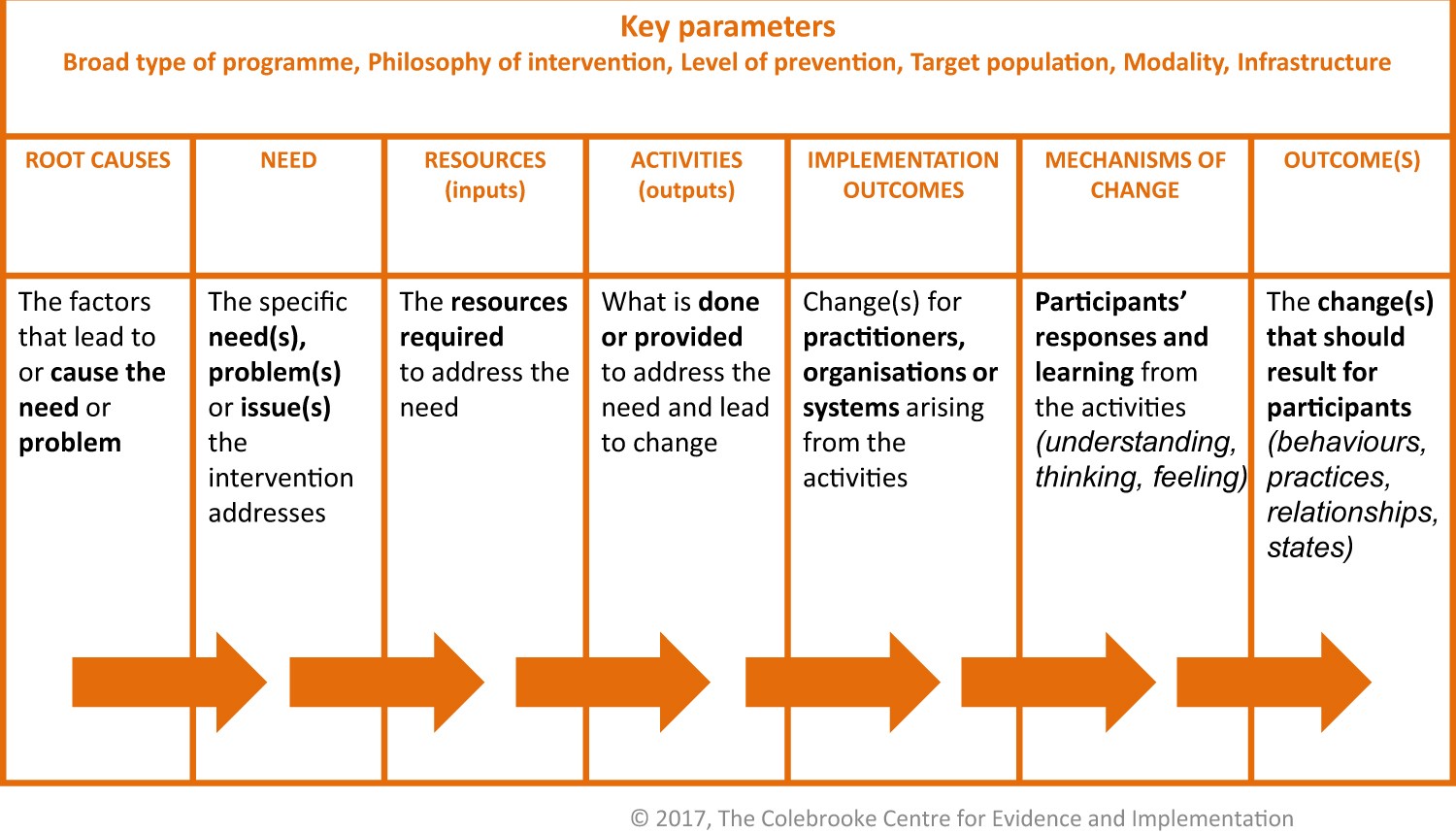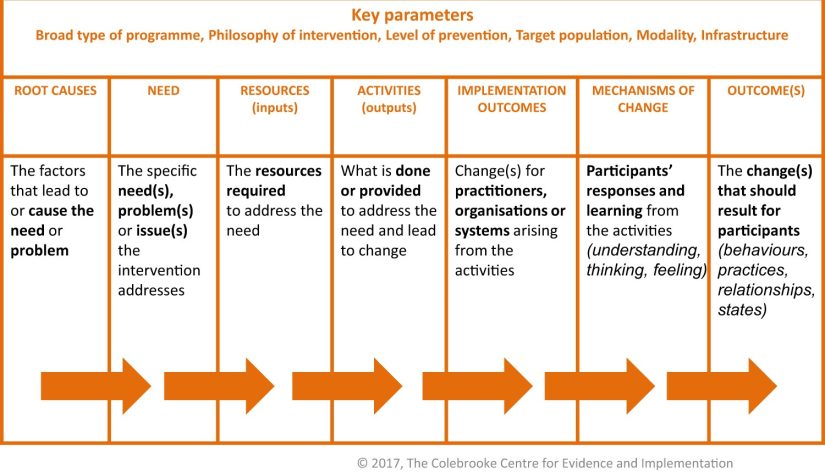
**Q&A: Approaches for Community Investment through Recognizing Alternative Solutions**
**Q1: What does community investment entail and what is its significance?**
Community investment implies the distribution of resources, whether financial or otherwise, into ventures and actions that improve the economic, social, and environmental prosperity of a community. Its importance lies in the promotion of local growth, job creation, support for local enterprises, enhancement of living standards, and the empowerment of residents by engaging them in significant decision-making processes.
**Q2: In what ways can communities discover alternative investment solutions?**
Communities can uncover alternative solutions by performing thorough needs assessments, connecting with various stakeholder groups, utilizing participatory planning methodologies, and harnessing technology such as data analytics and mapping tools to identify gaps and opportunities. Effective techniques for collecting varied viewpoints and innovative suggestions include brainstorming sessions, surveys, focus groups, and community gatherings.
**Q3: What alternative investment strategies might communities explore?**
1. **Crowdfunding and Social Impact Bonds**: Involve local inhabitants and global supporters in community project investments through crowdfunding. Social Impact Bonds consist of private investors financing public sector initiatives that yield social benefits.
2. **Cooperative Models**: Promote community-owned cooperative structures that enable profits to be reinvested locally, directly benefiting community members.
3. **Green Bonds and Sustainability Initiatives**: Invest in eco-friendly practices focusing on environmental advantages, such as renewable energy ventures and green infrastructure.
4. **Public-Private Partnerships (PPPs)**: Partner with the private sector to finance and manage initiatives that address community needs, sharing both risks and rewards.
5. **Microfinancing and Local Investment Networks**: Provide small loans to local entrepreneurs and startups, and establish investment networks where residents can support local business projects.
**Q4: In what ways can technology enhance alternative community investment strategies?**
Technology can bolster community investment strategies by offering platforms for crowdfunding, improving transparency through blockchain technology, utilizing data analytics to inform investment choices, and using digital communication tools to encourage community involvement and participation. Furthermore, technology can promote efficient resource allocation and create virtual environments for collaboration and learning.
**Q5: What part do local governments play in facilitating alternative investment strategies?**
Local governments can foster a supportive atmosphere for alternative investment strategies by establishing policies and regulatory frameworks that stimulate innovation and investment. They can provide incentives, such as tax reductions or grants, to draw in investments, and back capacity-building programs to ensure the community can effectively manage and sustain these investments. Additionally, governments can serve as conveners, uniting stakeholders to synchronize priorities and efficiently share resources.
**Q6: Can you share instances of successful community investment efforts?**
– **Detroit SOUP**: A microgranting dinner designed to back creative endeavors in Detroit, where participants share a community meal and vote on which proposal receives funding.
– **The Bronx Cooperative Development Initiative**: A collaborative project aimed at fostering wealth and ownership in the Bronx by nurturing local businesses and establishing participatory decision-making frameworks.
– **Opportunity Zones**: Federally-designated regions in the U.S. where investments receive tax incentives, promoting sustainable growth in underfunded communities.
**Q7: What obstacles may communities encounter while implementing alternative investment strategies, and how can they address them?**
Communities could encounter challenges such as restricted funding access, insufficient stakeholder participation, regulatory barriers, and skill deficits in investment management. Addressing these issues demands the cultivation of a collaborative and inclusive culture, advocating for favorable policies, providing educational and training initiatives, and forming alliances with experienced organizations. Ongoing assessment and adaptation to evolving needs and situations are also essential for overcoming these challenges and ensuring lasting community investments.
